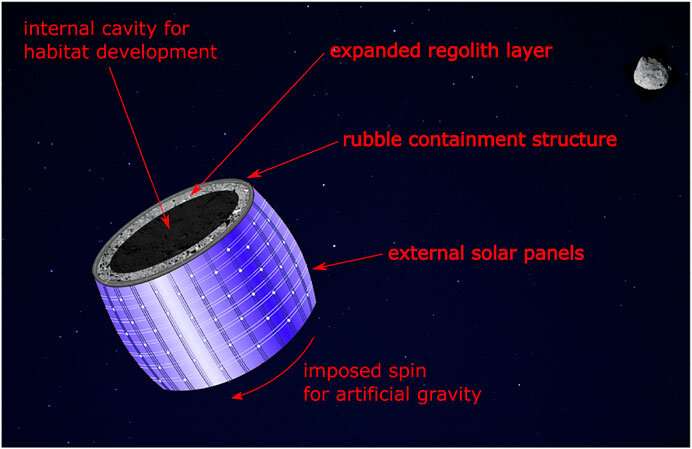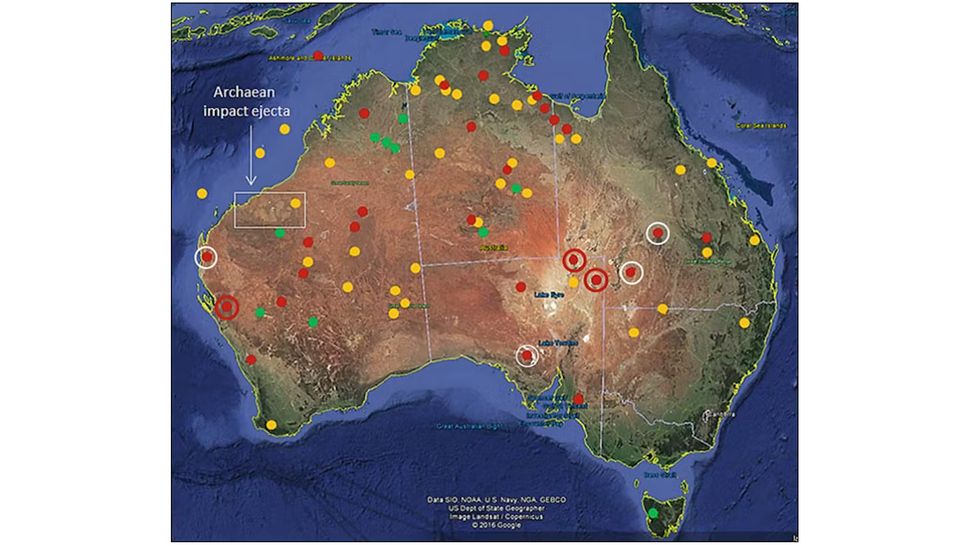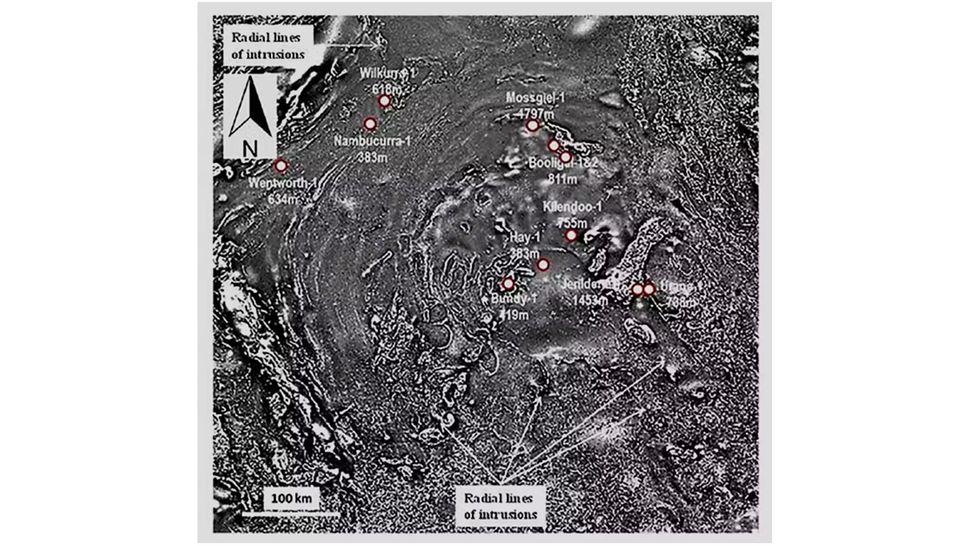- Joined
- Jul 19, 2004
- Messages
- 29,622
- Location
- Out of Bounds
Asteroid in unusual orbit.
For the first time, an asteroid has been found orbiting closer to the sun than Venus — a neighborhood where asteroids are thought to be rare and tricky to find. ...
Update ...
Further study has determined more about this first discovered Vatira asteroid. Its estimated size is larger than prior models and analyses had predicted, so this discovery is motivating review of prior work on the subject. The research publication resulting from the discovery and additional analysis has been submitted, but it is still in the preprint stage.
Astronomers Have Discovered a 2-km Asteroid Orbiting Closer to the Sun than Venus
Astronomers have painstakingly built models of the asteroid population, and those models predict that there will be ~1 km sized asteroids that orbit closer to the Sun than Venus does. The problem is, nobody’s been able to find one. Until now.
Astronomers working with the Zwicky Transient Facility say they’ve finally found one. But this one’s bigger, at about 2 km. If its existence can be confirmed, then asteroid population models may have to be updated.
A new paper presenting this result is up on arxiv.org, a pre-press publication site. It’s titled “A kilometer-scale asteroid inside Venus’s orbit.” The lead author is Dr. Wing-Huen Ip, a Professor of Astronomy at the Institute of Astronomy, National Central University, Taiwan.
The newly-discovered asteroid is named 2020 AV2. 2020 AV2 has an aphelion distance of only 0.65 astronomical units, and is about 2 km in diameter. Its discovery is surprising since models predict no asteroids this large inside Venus’ orbit. It could be evidence of a new population of asteroids, or it could just be the largest of its population. ...
FULL STORY: https://www.universetoday.com/14776...teroid-orbiting-closer-to-the-sun-than-venus/




